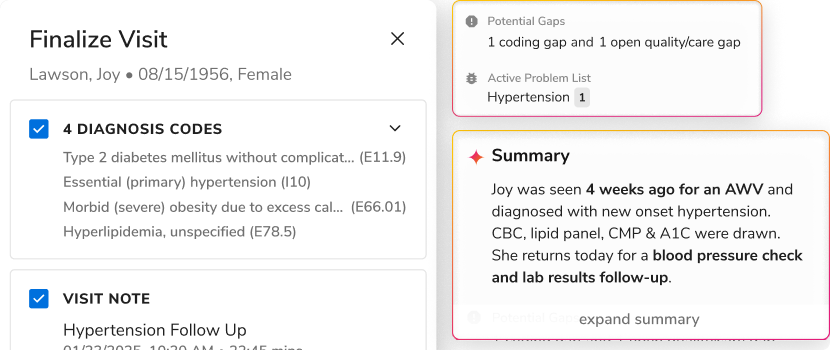The Payer Perspective: Establishing Interoperability Across Healthcare Networks
Value-based contract has emerged as one of the best payment models, given its positive implications on care quality, health outcomes, and costs. Despite the evidence supporting the benefits of value-based care, payers are still resistant to adopting this model. The primary reason behind the apprehension is the data-sharing challenge.


Value-based contract has emerged as one of the best payment models, given its positive implications on care quality, health outcomes, and costs. Despite the evidence supporting the benefits of value-based care, payers are still resistant to adopting this model. The primary reason behind the apprehension is the data-sharing challenge.
Unstructured data has always been a complication, and even more so in the healthcare industry. When data is fragmented, it’s not easily accessible, making it difficult for payers to assess the quality of care and healthcare outcomes. The barriers to data-sharing and the lack of interoperability are holding payers back from actively pursuing value-based contracts.
In this whitepaper, we explain the framework necessary to enable secure health data sharing that empowers healthcare insurers to meet their goals of efficient network performance and enhanced outcomes.
Read this whitepaper to learn more about::
The problem with data exchange & Payer Interoperability Challenges
How to enable secure data exchange with APIs
How to close care gaps with digital chart retrievals

.png)





.png)




.svg)
.svg)